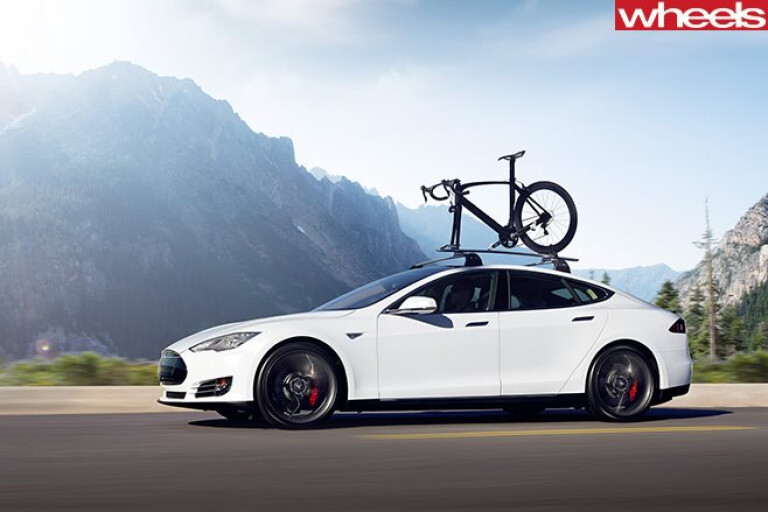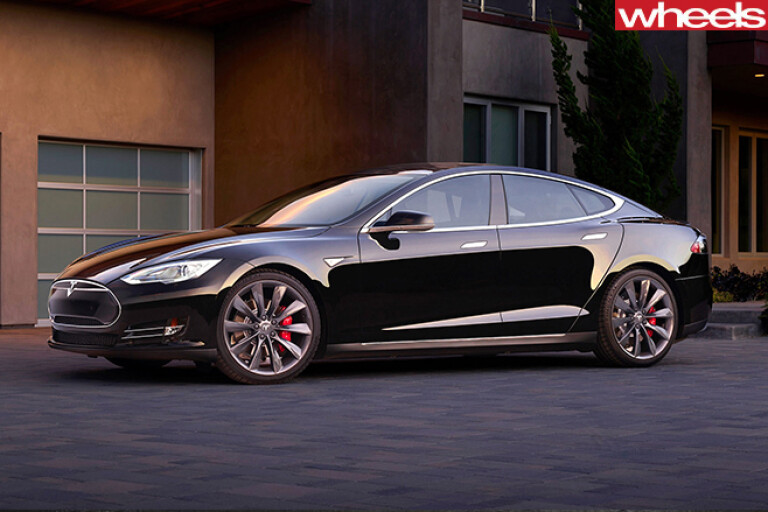
US INVESTIGATORS say they have not found any fault with the automatic braking system on the Tesla Model S involved in a fatal car crash last year.
The National Highway Traffic Safety Administration (NHTSA) announced overnight that its investigation into the May 2016 crash had closed after it failed to identify “any defects in the design or performance of the AEB or Autopilot systems ... nor any incidents in which the systems did not perform as designed”.
However, it also said: “The closing of this investigation does not constitute a finding by NHTSA that no safety-related defect exists.”
The investigation relates to a Tesla Model S that ploughed at high speed – about 120km/h – into the side of a semi-trailer that was crossing the highway in front of it.

According to the NHTSA’s investigation, the Model S was using Tesla’s Autopilot experimental self-driving function at the time, and the AEB system – which is designed to greatly reduce the vehicle’s speed before a crash – failed to fire. Tesla says its AEB system works up to 140km/h.
“NHTSA’s examination did not identify any defects in the design or performance of the AEB or Autopilot systems of the subject vehicles nor any incidents in which the systems did not perform as designed,” the road safety watchdog concluded.
“[Tesla’s] Autopilot system is an advanced driver assistance system that requires the continual and full attention of the driver to monitor the traffic environment and be prepared to take action to avoid crashes.
“Tesla's design included a hands-on the steering wheel system for monitoring driver engagement.”
The report notes that Tesla has introduced a much more rigid "strike out" strategy for its driver assist technology, switching off Autopilot functions if the driver does not respond to visual alerts sent via the car’s driver monitoring system.
Tesla also upgraded its AEB system to switch from being camera- and radar-based to using just the car’s radar in the wake of the crash.
According to the report, Tesla’s AEB system “requires agreement” from both the camera and radar systems to start braking.

It said the camera system uses “a large dataset of the rear images of vehicles to make its target classification decisions”.
“Complex or unusual vehicle shapes may delay or prevent the system from classifying certain vehicles as targets/threats,” it said. Braking for a semi-trailer crossing in front of the vehicle was “outside the expected performance capabilities of the system”.
The NHTSA investigation ends with a stern warning to other carmakers and motorists: “While [advanced driver assistance systems] technologies are continually improving in performance in larger percentages of crash types, a driver should never wait for automatic braking to occur when a collision threat is perceived.”

COMMENTS